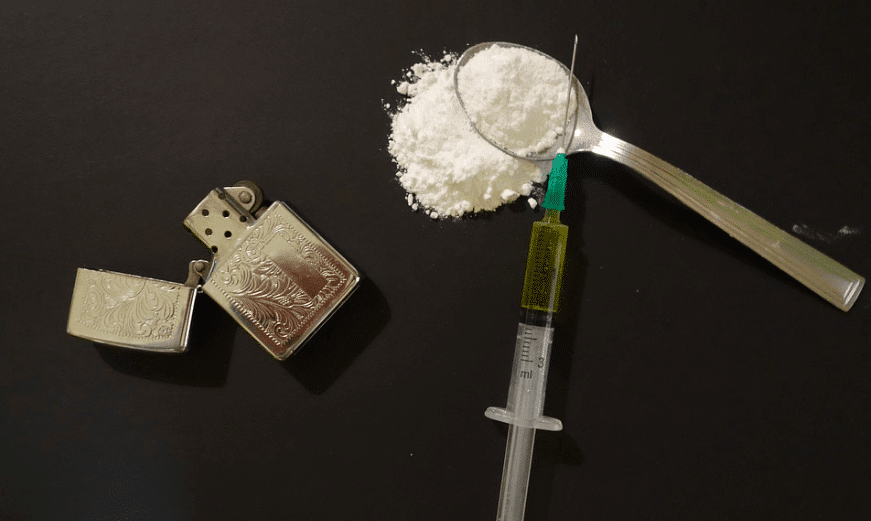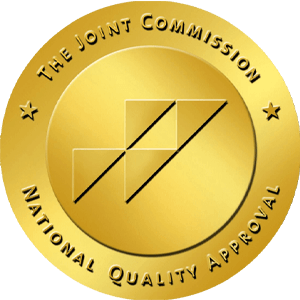The increasingly prevalent use of opioids has triggered one of the most serious drug crises in the country’s history. In almost every state, fatal overdoses are being reported on an almost daily basis. Here’s what you need to know about the crisis in Texas.
The Use of Opioids appears to be Most Prevalent in East and North Texas
Reports show that opioid-related admissions and fatalities are concentrated in East and North Texas, which includes a lot of rural counties. Overdose fatalities due to opioid use in some counties in Texas surpassed 24 deaths per 100,000 in 2016.
Various counties by the Red River have also recorded increased rates of drug overdose mortalities. For example, Baylor County has recorded over 30 fatalities per 100,000, which is the highest in the state.
Half of all Opioid-Related Deaths Are as a Result of Legally Prescribed Opioid Medications
Interestingly, the majority of people who have an opioid use disorder trace their addiction back to legally prescribed opioid painkillers. The leading sources of these opioid prescriptions include doctors, dentists, and surgeons. Consequently, reports indicate that drug overdoses are most prevalent in areas where most opioid prescriptions are made.
And because prescribed opioid painkillers are becoming increasingly harder to get, individuals who developed a dependency on those medications transition to the use of illegal opiates such as heroin. Heroin produces a similar sensation to the medication while being easier and cheaper to obtain. What is even more concerning is that this drug is being laced with lethal synthetic opioids such as fentanyl. Drug traffickers are lacing heroin with fentanyl to make their product even more potent as fentanyl is about 50 times stronger than morphine. As a result, the likelihood of an overdose is dramatically increased. In fact, deaths that were fentanyl-related almost doubled between 2015 and 2016.

Of the 1,174 opioid-related deaths reported in 2015, prescribed opioids accounted for 517, heroin had 516, while synthetic opioids resulted in 153 deaths.
Texas’ Opioid Crisis Could Get Worse
While fentanyl-laced illegal opiates are the leading cause of recent overdose fatalities nationally, in Texas, fentanyl has only caused about 4 percent of heroin-related deaths. This is because the most common type of heroin available in Texas, known as blacks tar, is a lot harder to mix with the synthetic opioid as compared to white powder heroin.
However, that safety bubble is about to bust as reports indicate that white powder heroin is becoming increasingly available in Texas. Moreover, drug dealers are already mixing fentanyl with black tar. Additionally, more and more illicit drugs are getting laced with fentanyl, thus increasing the risk of fentanyl-related overdoses.
As we have covered, opioid use is very likely to result in dependency and addiction. This addiction is eventually what leads to an overdose as the addict needs to take more and more to achieve the same level of high.
Upon ingesting, inhaling, or injecting an opioid into their body, the opioid enters the bloodstream and travels to the brain. There, it attaches to an opioid receptor which reduces the perception of pain thus having a sedating effect.
For most people, the stimulation of opioid receptors causes a mild pleasurable sensation. Others report feeling a sense of well-being while others say they feel motivated or energized. Others might experience unpleasant side effects such as irritability, nausea, and vomiting.
There are also those who experience an intense euphoria upon taking an opioid. Unfortunately, these are the individuals who are likely to develop a dependency on the drug thus leading to addiction.
Nonetheless, the body gradually builds a tolerance towards the drug. As such, the individual has to take larger quantities of the opioid to achieve their desired euphoric sensation. This results in long-term changes in the brain’s structure and function. Consequently, this results in changes in their behavior as well.

This is an addiction to opioids. Thus, it is a brain condition characterized by both a physical as well as a psychological need for the drug and therefore requires opioid addiction treatment. A dependent or addicted individual is one who exhibits compulsive opioid use despite the obvious harm the drug poses. They cannot seem to stop their use even though they know that they should stop.
An opioid addiction is typically characterized by intense cravings and the subsequent loss of control over their usage. Behaviors that signal a need for opioid dependency treatment include:
Getting over an opioid addiction can be a challenging endeavor. This is because, as mentioned earlier, an opioid addiction typically results in long-term changes to the brain’s configuration. Consequently, the individual is unable to stay long periods without using.
Moreover, the withdrawal effects that follow the stoppage of use are dangerous and can even be fatal. As such, professional help is necessary to help the addicted individual to get over their dependency safely while reducing the chance of a relapse. The following are some of the most effective opioid addiction treatments available in Texas:
Here, the patient checks into a rehab facility where their treatment is overseen by a team of medical specialists. First, the addict is helped to cease their drug use through structured pain management programs that help them deal with the withdrawal effects that follow stoppage. Additionally, the patient receives psychological treatment that aims to address the root of their addiction while helping them find better ways to cope so as to prevent future relapses.
Also known as partial hospitalization programs, people who opt for intensive outpatient programs will still receive the necessary medication to help them manage their withdrawal symptoms and to aid in recovery and sober living. Thus, the patient will still be living at home, going to work, and spending time with their loved ones.
Nevertheless, they will have to make regular clinic visits up to 6 times a week so their progress can be monitored. The individual will also receive mental health assessments as well as therapy.
Partial hospitalization programs are a good substitute for inpatient rehab in certain cases. Your doctor should help you determine whether they are a good fit for the addicted individual.
An ambulatory detoxification program is a type of outpatient treatment as it provides the benefits of inpatient detoxification but at a less restrictive and more cost-effective setting. Ambulatory detox programs typically offer all the services expected in an outpatient program.
Nevertheless, this treatment is only suitable for patients who have or are expected to have, mild to moderate symptoms of withdrawal. Therefore, a person who experiences severe withdrawal symptoms needs inpatient treatment as this will allow for medical oversight to ensure that the withdrawal symptoms do not result in a fatality.

With opioid use becoming more prevalent in Texas, it is necessary that we do what all we can to prevent unnecessary deaths. If you have a loved one suffering from opioid use or abuse, getting them to an addiction treatment center sooner will help you turn their lives around, so they do not end up as another opioid-related statistic. Guide them to the path to sober living.



